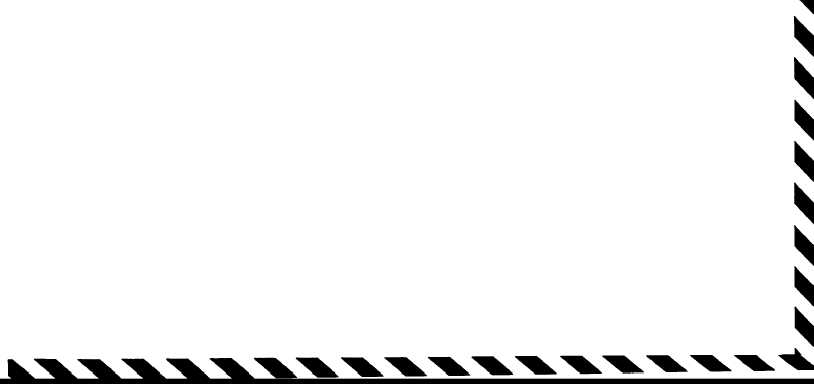center-of-gravity with the gear retracted is aft of the
main wheels. This condition will allow the aircraft
to be landed with the gear retracted and should
result in a minimum amount of structural damage to
the aircraft, providing the wings are kept level. It is
recommended that the fuel load be reduced and the
landing made with flaps fully extended on a hard
surface runway. Landing on soft ground or dirt is
not recommended as sod has a tendency to roll up
into chunks, damaging the underside of the aircraft’s
structure. When fuel load has been reduced, prepare
for a gear-up landing as follows:
1.
2.
3.
4.
5.
6.
7.
8.
9.
10.
11.
12.
Crew emergency briefing - Complete.
Loose equipment - Stowed.
Bleed air valve switches - ENVIRO
OFF.
Cabin pressure dump switch - CABIN
PRESS DUMP.
Cabin emergency hatch - Remove and
stow.
Seat belts and harnesses - Secured.
Landing gear alternate engage handle -
Disengaged.
Alternate landing gear extension handle
- Stowed.
Gear relay circuit breaker - In.
Gear - UP.
Nonessential electrical equipment -
OFF.
Flaps - As required (DOWN for land-
ing).
NOTE
Fly a normal approach to touchdown.
After landing, accomplish the following:
13.
Power levers (runway assured) - IDLE.
14.
Condition levers - FUEL CUTOFF.
15.
Fire pull handles - Pull.
16.
Master switch - OFF.
d. Landing With Nose Gear Unsafe. If the
landing gear control switch handle warning light is
illuminated and the nose GEAR DOWN indicator
light shows an unsafe condition, the nose gear is
probably not locked down, and the gear position
should be checked visually by another aircraft, if
possible. If all attempts to lock the nose gear fail, a
landing should be made with the main gear down
and locked. Hold the nose off the runway as long as
TM 55-1510-221-10
possible and do not use brakes. Use the following
procedures:
1.
Crew emergency briefing - Complete.
2. Loose equipment - Stowed.
3. Bleed air valve switches - ENVIRO
OFF.
4. Cabin pressure dump switch - CABIN
PRESS DUMP.
5.
Cabin emergency hatch - Remove and
stow.
6.
Seat belts and harnesses - Secured.
7. Nonessential electrical equipment -
OFF.
NOTE
Fly a normal approach to touchdown.
After landing, accomplish the following:
8.
Power levers (runway assured) - IDLE.
9.
Condition levers - FUEL CUTOFF.
10.
Fire pull handle - Pull.
11.
Master switch - OFF.
e.
Landing With One Main Gear Unsafe. If
one main landing gear fails to extend, retract the
other gear and make a gear-up landing. If all efforts
to retract the extended gear fail, land the aircraft on
a hard runway surface, touching down on the same
edge of the runway as the extended gear. Roll on the
down and locked gear, holding the opposite wing up
and the nose gear straight as long as possible. If the
gear has extended, but is unsafe, apply brakes lightly
on the unsafe side to assist in locking the gear. If the
gear has not extended or does not lock, allow the
wing to lower slowly to the runway. Use the follow-
ing procedures:
1.
Crew emergency briefing - Complete.
2. Loose equipment - Stowed.
3. Bleed air valve switches - ENVIRO
OFF.
4. Cabin pressure dump switch - CABIN
PRESS DUMP.
5. Cabin emergency hatch - Remove and
stow.
6.
Seat belts and harnesses - Secured.
7. Nonessential electrical equipment -
OFF.
9-13



